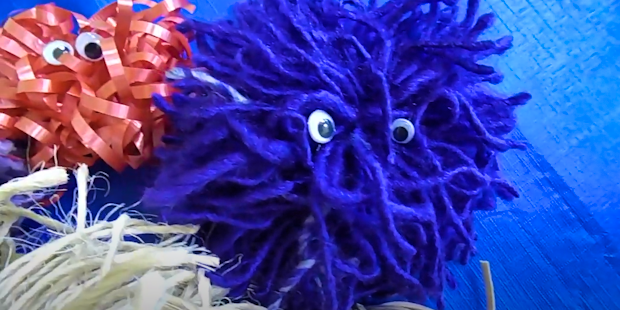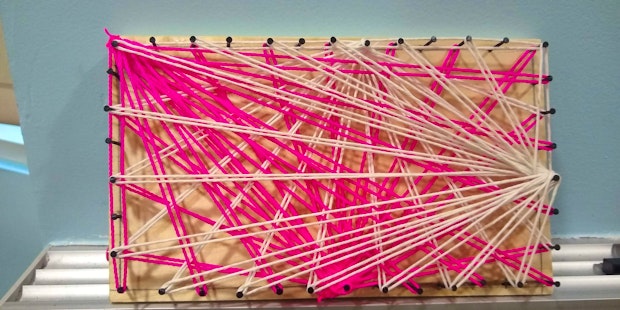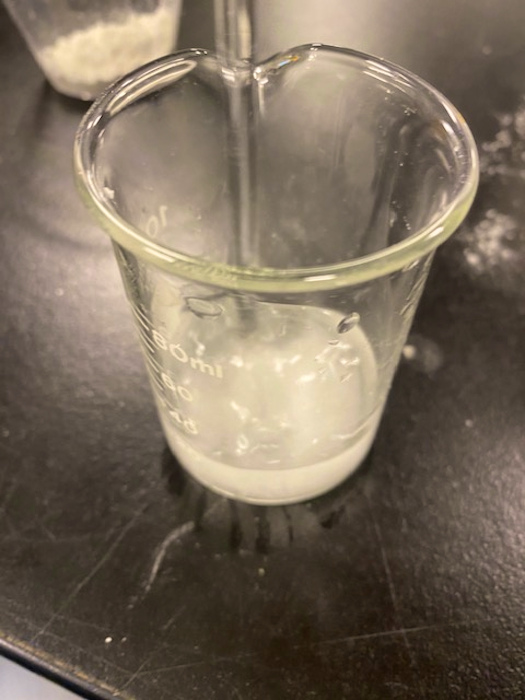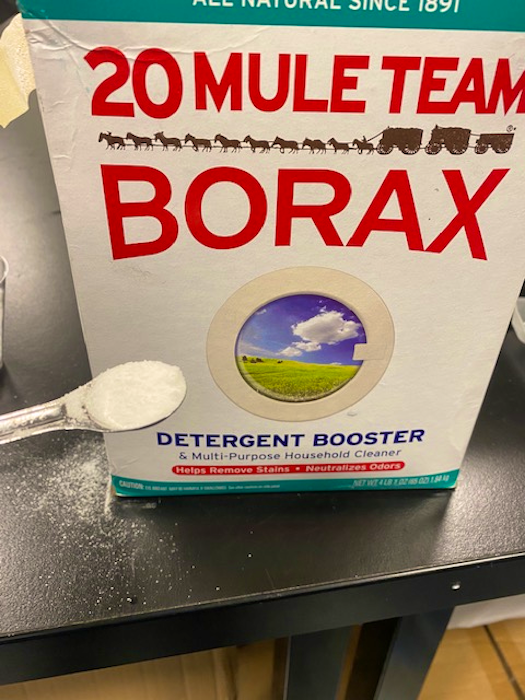Playing with polymers
Test out different recipes to create your own bouncy balls
Discovery Place Nature
Almost every material used in the modern world is made up of polymers. Polymers are chains of large molecules made of small molecules, called monomers, that formed chemical bonds. Monomers form covalent bonds by sharing electrons and more bonds are formed to create the long chains we call polymers.
There are naturally occurring polymers such as proteins, cellulose, starches, rubber, wool and DNA, that can be found in living organisms. Synthetic polymers are manufactured materials like slime, putty, silicone, Styrofoam and polyester.
There are many different types of polymers that can hold various properties, like strong and solid or stretchy, flexible, recyclable. Whether an object breaks, bounces (what we will be exploring here) or stretches all depends on how strongly the chains of molecules link together.
In this experiment, we will use borax – a compound often used at home in the laundry room – to link the molecules of all our other ingredients. When the molecules start sticking together, we can test different recipes to see which ball holds its shape the best to bounce the highest.
This project is perfect for elementary and middle school aged children. It will require approximately 10 minutes of preparation time and includes around 30 minutes of learning.
Materials:
- Cornstarch
- Elmer’s glue
- Food coloring
- Water
- Borax solution (2 Tbsp warm water and ½ tsp borax dissolved)
- Bowls
- Rulers
- Measuring spoons (tsp and Tbsp)
Directions:
We will start testing recipes by first creating the basic recipe:
1. Combine 1 Tbsp glue, 1 Tbsp cornstarch, ½ Tbsp borax solution and a few drops of food coloring.
2. Wait 15 seconds without stirring then stir.
3. Work mixture with your hands until it loses its stickiness, roll into a ball, then bounce. Doesn’t work well, does it?

Now, we can start trying different variations of the recipe to see which one creates the biggest bounce. Before creating your variations, consider making a chart to record each recipe and its results. It can look something like this:

4. Now start creating your various recipes, each time leaving out one different ingredient. Isolating one material each time will help determine which ingredient makes the best bounce. Additionally, add ½ teaspoon of borax solution each time you try a new recipe to add more cross-linkers between the materials.
5. After you make each recipe variation, test your new ball to compare to all your previous attempts. If you are using a chart, measure how high each ball bounces and document it accordingly.
6. Once you are done creating all your bouncy balls, place them in plastic bags to save for later. You could also put your new bouncy balls in the freezer overnight to see how temperature affects certain polymers.










